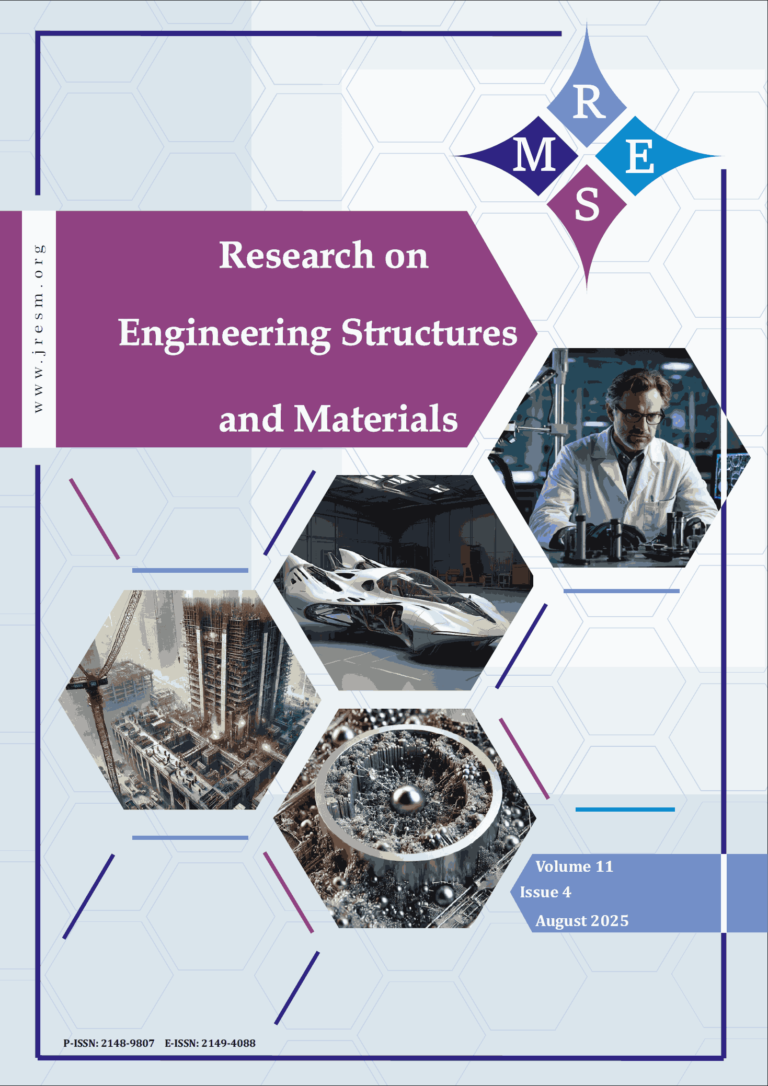Optimization of wear behavior in Ti-6Al-4V hybrid nanocomposites reinforced with TiC, ZrO2, and graphite using friction stir processing
A hybrid nanocomposite surface layer was fabricated on Ti-6Al-4V alloy via friction stir processing (FSP) using titanium carbide (TiC), zirconium oxide (ZrO₂), and graphite (Gr) in varied weight ratios. Fixed-proportion mixtures were packed into 2.5 mm diameter, 3 mm deep holes, spaced 6 mm apart. Processing was carried out at a 3° tool tilt, 750 rpm rotational speed, and 20 mm/min traverse speed. Microstructural, macrostructural, hardness, and wear characteristics were examined. Scanning electron microscopy confirmed uniform dispersion of reinforcements, microstructural refinement, and enhanced wear resistance. Wear performance under dry sliding was optimized using central composite design (CCD) within response surface methodology (RSM). Pin-on-disc tests were conducted for composites with different reinforcement ratios. The hybrid nanocomposite achieved a hardness of 191 Hv, a 25.5 % improvement over the unreinforced FSPed alloy (149 Hv). Wear loss was strongly influenced by the TiC:ZrO₂ ratio, with graphite held constant. The conventional FSPed alloy showed a wear loss of 9.688 mm³, whereas the optimal composition (20 % TiC–60 % ZrO₂–20 % Gr) achieved 2.9526 mm³, a 49.6 % reduction. Under a 20 N load and 1 m/s sliding velocity, RSM identified ZrO₂ content (60 %) as the most significant factor. The regression model produced R² = 0.9955, predicted R² = 0.9501, and a maximum error < 2.2 %, confirming predictive reliability. Enhanced wear resistance is attributed to strong matrix–reinforcement bonding and graphite’s lubricating action, which reduces shear stress. The results demonstrate the synergistic role of ceramic reinforcements and solid lubricants in developing cost-effective, high-performance Ti-based composites for demanding tribological applications.
